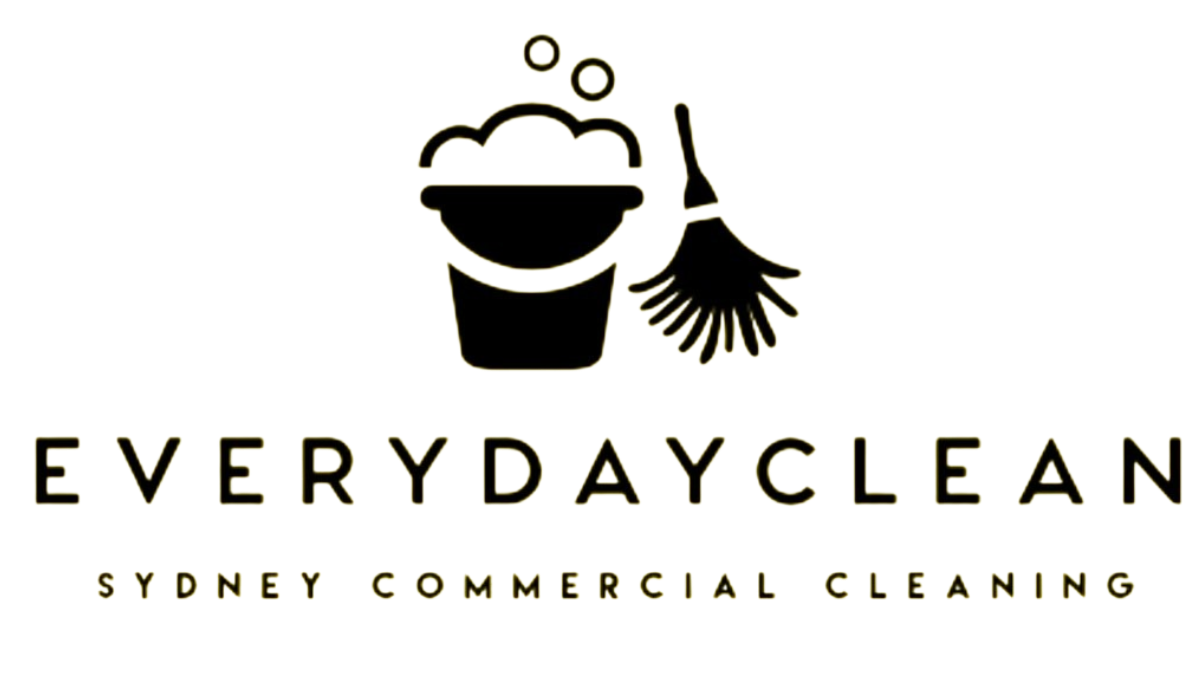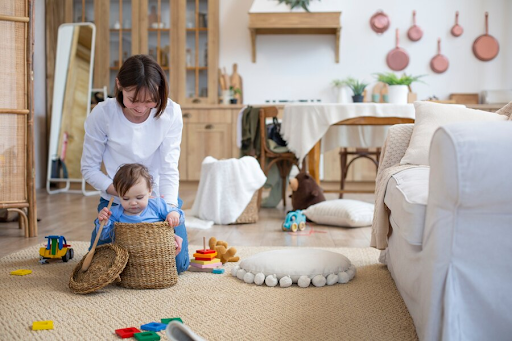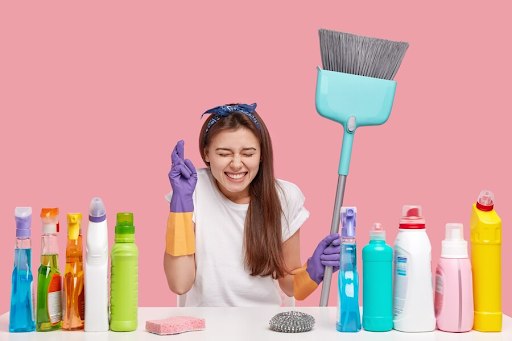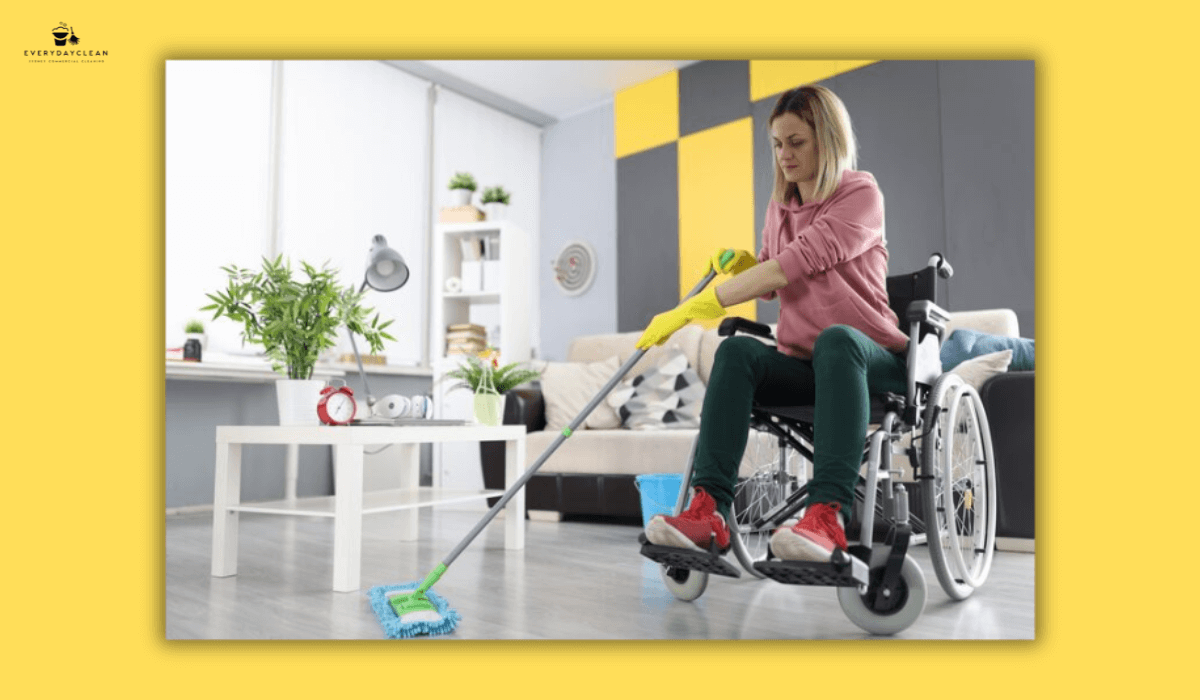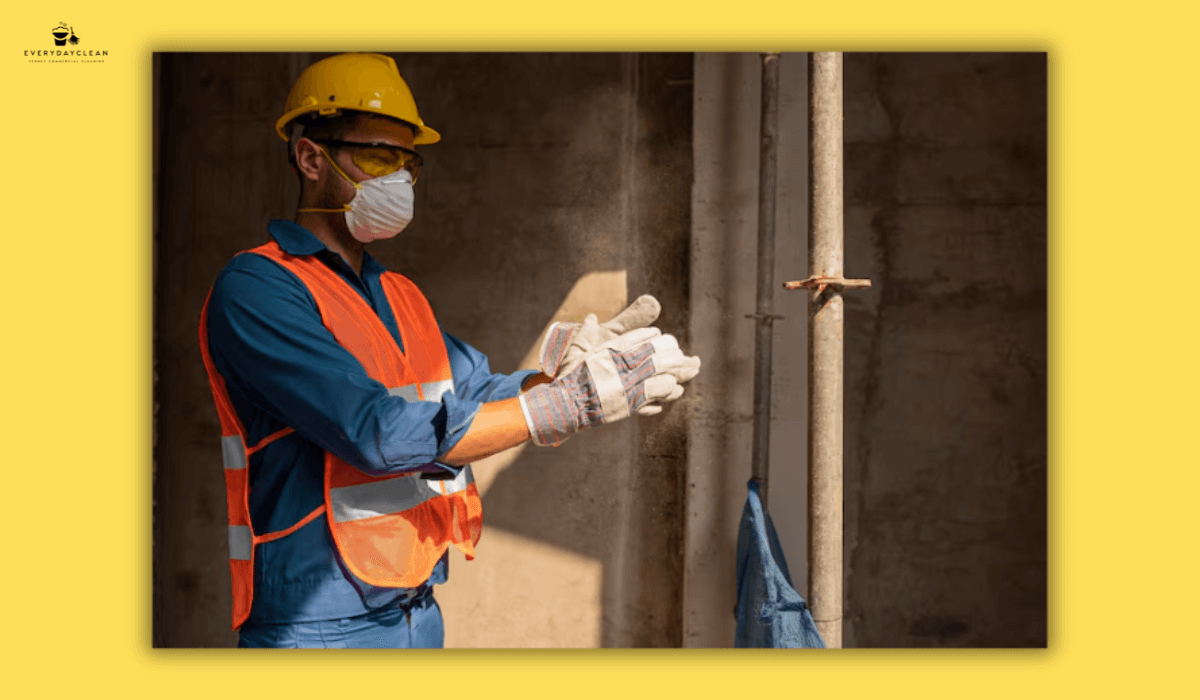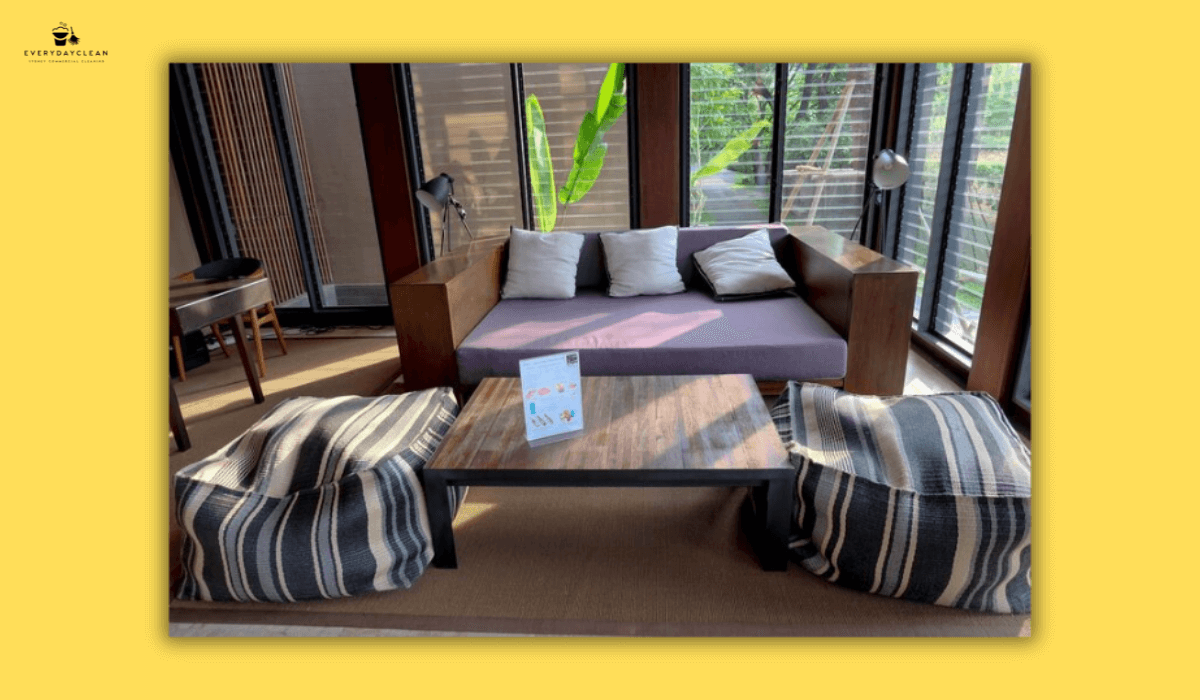Daily Cleaning Childcare Centres: Routines That Work
In childcare environments, cleanliness isn’t just a routine—it’s a requirement. Daily cleaning of childcare centres helps maintain orderly, debris-free environments where educators can focus on learning and parents can feel confident in the space. Whether it’s cleaning play areas, maintaining classroom presentation, or managing end-of-day reset tasks, structured routines allow centres to operate efficiently and stay visually spotless.
Below is a practical breakdown of what a professional daily cleaning approach should look like in a childcare setting, with clearly defined areas, time-of-day routines, and tips for maintaining consistent results.
Why Daily Cleaning of Childcare Centres Matters
Before diving into schedules and surfaces, it's important to understand the functional role cleaning plays in a childcare facility’s daily operation. Clean spaces improve room presentation, reduce visible clutter, and maintain compliance with licensing requirements. More importantly, cleaning routines build trust with families, staff, and inspectors alike.
Key Zones to Prioritise in Childcare Cleaning
Each area within a childcare facility requires a tailored approach based on foot traffic, interaction levels, and material types. This section outlines the spaces that require daily attention and how to approach them systematically.
Classroom Cleaning Routines
Classrooms accumulate everything from paint smudges to snack crumbs. At the start and end of each day, surfaces like desks, shelves, chairs, and whiteboards should be wiped down using neutral, residue-free cleaning agents. Spot-vacuuming carpets and sweeping vinyl or timber floors helps remove tracked-in debris and maintain presentation throughout the day.
Play Area and Toy Cleaning
Toys and play structures, especially in shared spaces, attract residue, dust, and sticky buildup. Daily cleaning involves wiping down plastic toys, rotating fabric items for laundering, and decluttering floor play zones. This not only refreshes the area visually but also ensures educators have a clean setup for the next group rotation.
Kitchen and Dining Spaces
Eating areas demand particular attention. Food residue on tables and floors should be cleaned immediately after meal periods. Wipe down all high chairs, tables, and benchtops using appropriate food-area-safe products. Mopping the floor at the end of the day ensures the space is fresh for the next service.
Restroom and Nappy Areas
Bathrooms should be cleaned multiple times a day to keep them fresh and visually acceptable. Focus on spot-cleaning floors, refilling paper dispensers, wiping down sinks, and maintaining tidy change areas. End-of-day tasks may include mopping floors, emptying bins, and restocking supplies.
For centres looking to outsource these routines professionally, our child care cleaning service offers structured daily checklists, trained teams, and flexible scheduling.
Daily Cleaning Breakdown by Time of Day
To make routines more manageable, split daily cleaning tasks across different stages of the day. This creates natural checkpoints and helps staff stay on top of the mess without disrupting programming.
Morning Setup
Start the day with a reset of core areas. This includes emptying overnight bins, wiping high-touch surfaces (door handles, chairs, tables), sweeping entryways, and ensuring supplies like tissues and wipes are in place.
Midday Maintenance
As activities roll out, messes naturally occur. Midday cleaning should focus on spot-wiping eating areas after snacks, resetting bathrooms, and clearing visible clutter. A quick floor check in busy zones helps maintain presentability until closing.
Afternoon Close-Down
This is the most intensive cleaning of the day. Floors are mopped or vacuumed, bins are emptied, toys are packed away, and work surfaces are cleaned thoroughly. Chairs may be stacked, and kitchen areas wiped down. End-of-day cleaning ensures the facility resets to a presentable, tidy baseline.
Best Practices for Staff-Led Cleaning Routines
A successful childcare cleaning routine depends on clear expectations, training, and consistency. Below are foundational strategies to help your team perform efficiently.
Standardise Procedures
Use printed or digital checklists for different rooms. Assign responsibilities clearly—what’s the opening staff’s role? Who manages mid-shift resets? Structured task allocation prevents areas from being skipped or duplicated.
Use Purpose-Built Equipment
Childcare surfaces range from soft play mats to laminate desks. Use microfiber cloths for dusting, colour-coded mops for cross-contamination control, and fragrance-free cleaning agents to reduce strong odours. Avoid any harsh chemicals not rated for indoor shared spaces.
Train Staff on Correct Use
From product dilution to equipment storage, proper use ensures cleaning remains both safe and effective. Provide hands-on demonstrations of tools and review expectations regularly in team meetings.
Why Professional Childcare Cleaning Services Help
For many centres, in-house staff have limited time for detailed cleaning, especially during operating hours. This is where commercial cleaning partners bring real value.
A trained team can come after hours to deep clean floors, reset bathrooms, and prepare learning environments for the next day. It reduces the workload on educators, improves consistency, and brings peace of mind to families.
Everyday Clean offers expert commercial cleaning across Sydney, helping schools and childcare centres maintain spotless, organised spaces.
FAQs About Daily Childcare Cleaning Checklist
Why is a daily cleaning checklist important for childcare facilities?
A daily checklist ensures all necessary cleaning tasks are completed systematically. It supports consistent cleaning routines, reduces visible clutter, and helps centres stay audit-ready without missing key areas.
What should be included in a daily childcare cleaning checklist?
Essential areas include classrooms, shared play zones, nappy change rooms, dining spaces, and entryways. Tasks should be grouped by morning setup, midday reset, and end-of-day clean.
How often should toys and play areas be cleaned in childcare centres?
Plastic toys and shared items should be wiped daily. Soft items like fabric books or dolls should be rotated out regularly for laundering. Floor areas used for play should be cleaned multiple times per day, especially during wet weather or meal periods.
Can professional cleaning services help with daily childcare cleaning?
Yes, a professional team can handle after-hours cleaning, deep floor cleaning, and bathroom resets. This allows educators to focus on programming while ensuring the facility is consistently clean.
Call to Action
Ready to upgrade your centre’s daily cleaning checklist? Everyday Clean supports Sydney childcare facilities with tailored cleaning solutions, flexible scheduling, and experienced teams who understand the importance of clean learning environments. Contact us today to request a quote or book a free consultation.
Author Box
Author: Everyday Clean Content Team
Everyday Clean is Sydney’s trusted provider of professional office, strata, and commercial cleaning services. Our licensed and insured team helps workplaces maintain top hygiene standards with eco-friendly products and proven cleaning systems. With years of experience supporting Sydney businesses, Everyday Clean shares expert tips, real case studies, and practical advice to keep your workplace safe, compliant, and welcoming.
